Learn How to Sew a French Seam Fast in 30-minutes
A French seam is a sewing technique that provides a clean, durable, and professional finish to garments and other fabric projects. Learn below how to sew a French seam.
With its concealed raw edges and meticulous construction, the French seam has been favored by sewists for decades.
In this article, we will delve into the art of creating French seams, exploring their benefits, materials, and tools required, step-by-step instructions, tips and tricks for perfection, variations, and applications.
By the end, you can say I learned how to sew a French seam.
Benefits of French Seams:
French seams offer several advantages that make them a popular choice among sewing enthusiasts. Learning how to sew a French seam is a great asset in your sewing skills.
Firstly, they enhance the durability of garments by enclosing the raw edges within the seam, reducing the chances of fraying.
Additionally, French seams create a neat and refined finish that exudes craftsmanship. Whether you’re working on a delicate silk blouse or a cotton pillowcase, French seams elevate the overall look of your project.
Lastly, the concealed raw edges of French seams add a touch of sophistication, making them suitable for both the inside and outside of garments.
Great job learning how to sew a French seam.
Materials and Tools Required:
As you learn how to sew a French seam, you’ll need a few essential materials and tools.
When it comes to fabric selection, opt for lightweight to medium-weight fabrics that can easily be folded and manipulated.
Additionally, choose a thread color that matches your fabric for seamless blending. A sewing machine is the most efficient tool for stitching French seams, although you can also achieve them by hand using a needle and thread.
Lastly, don’t forget to have pins on hand to secure your fabric layers during the sewing process.
Step-by-Step Guide to Creating a French Seam:
Preparing the fabric:
The first step in learning how to sew a French seam is by placing your fabric pieces’ wrong sides together, aligning the raw edges. Pin the fabric layers together to keep them in place throughout the sewing process.
Stitching the first seam:
Using a 1/4-inch seam allowance, stitch along the raw edges, securing the fabric layers together. Take care to back stitch at the beginning and end of the seam for added strength.
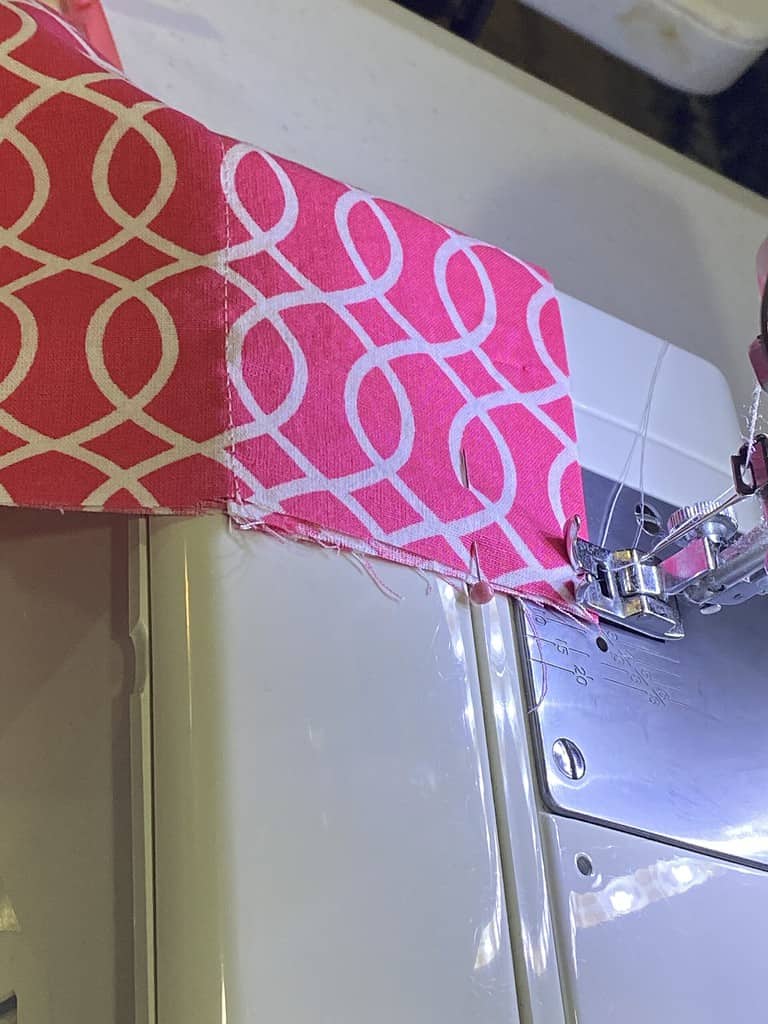
Trimming the seam allowance:
Trim the seam allowance down to 1/8 inch, carefully removing any excess fabric to reduce bulk. Look at you learning how to sew a French seam.
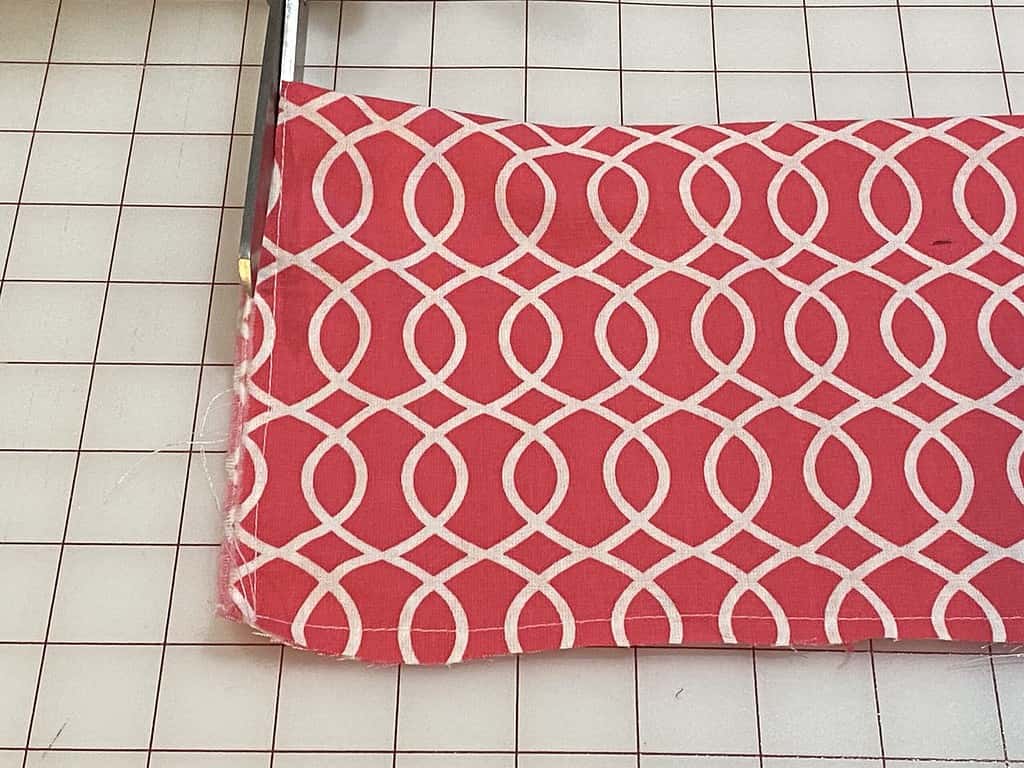
Photo Credit: Nanasewing.com
Pressing the seam:
Open up the fabric and press the stitched seam flat with an iron, setting the stitches and ensuring a crisp finish.
Stitching the final seam:
The next step in learning how to sew a French seam is to fold the fabric along the seam line, enclosing the raw edges within the fold.
Pin the fabric layers together, and using a 3/8-inch seam allowance, stitch along the folded edge, trapping the raw edges inside.
Tips and Tricks for Perfect French Seams:
Choose the right fabric weight:
French seams work best with lightweight to medium-weight fabrics, as heavy fabrics may create excessive bulk.
Stitch length and tension:
Adjust your sewing machine’s stitch length and tension to achieve even and secure stitches. Test on a fabric scrap before starting your project.
Proper trimming and pressing techniques:
Take your time to trim the seam allowance accurately, avoiding any frayed or uneven edges. When pressing, use a pressing cloth and apply gentle pressure to avoid heat damage to delicate fabrics.
Variations of French Seams:
While the classic French seam is widely used, there are variations that offer unique design possibilities:
Flat-felled seam:
This variation is commonly seen in denim garments and creates a sturdy and visible seam on the right side of the fabric.
Mock French seam:
When working with fabrics that may be too delicate or bulky for a traditional French seam, a mock French seam provides a similar aesthetic with reduced bulk.
French seam with top stitching:
By adding top stitching along the folded edge of the final seam, you can create a decorative and functional element to your French seam.
Applications of French Seams:
French seams find applications in various sewing projects, including garment construction and home decor items.
In garment construction, French seams are often used in lightweight dresses, blouses, and lingerie to achieve a clean and refined finish on the inside. When it comes to home decor,
French seams are ideal for creating polished pillowcases, curtains, and table linens, adding an extra touch of elegance to your living space.
Conclusion:
Mastering the art of French seams opens up a world of possibilities in your sewing endeavors. The clean finish, concealed raw edges, and enhanced durability make French seams a go-to technique for both novice and experienced sewists.
By following the step-by-step guide, implementing the tips and tricks, and exploring the variations and applications, you’ll be well on your way to creating flawless and professional-looking seams in your projects.
Embrace the craftsmanship of French seams and elevate your sewing skills to new heights.
Other Sewing Resources:
If you are new to sewing, we recommend that you start by learning the basics and starting with a simple project like the potholder.
Start with:
Fabric Giveaway
Enter our monthly fabric giveaway. Simply complete the tasks daily and you will be entered into the drawing. Winner will be randomly drawn on the first day of the month and notified via email
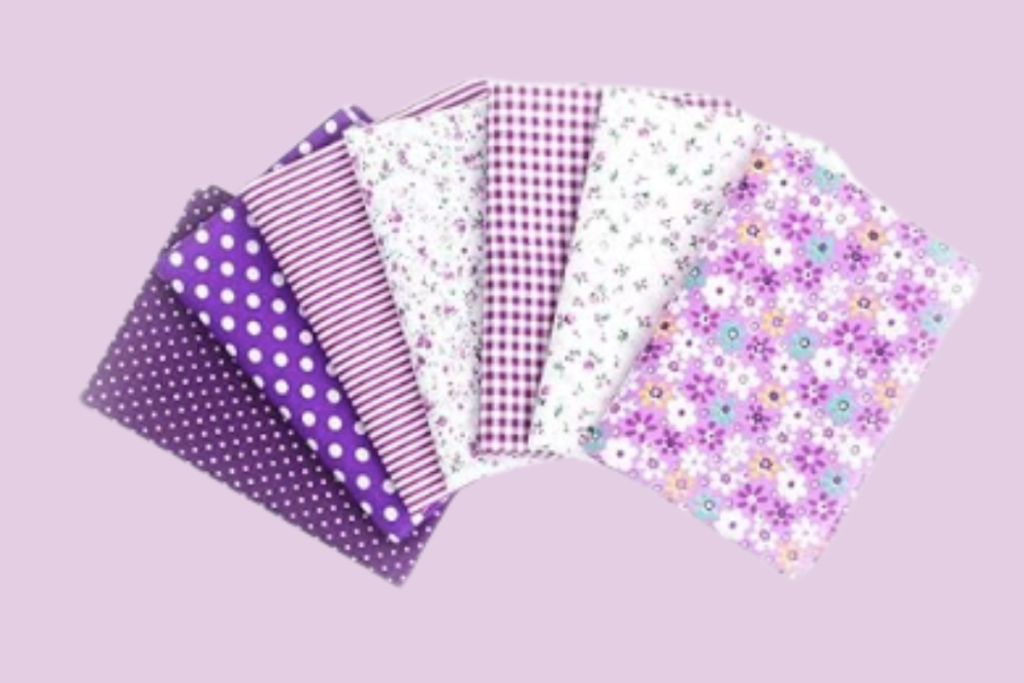

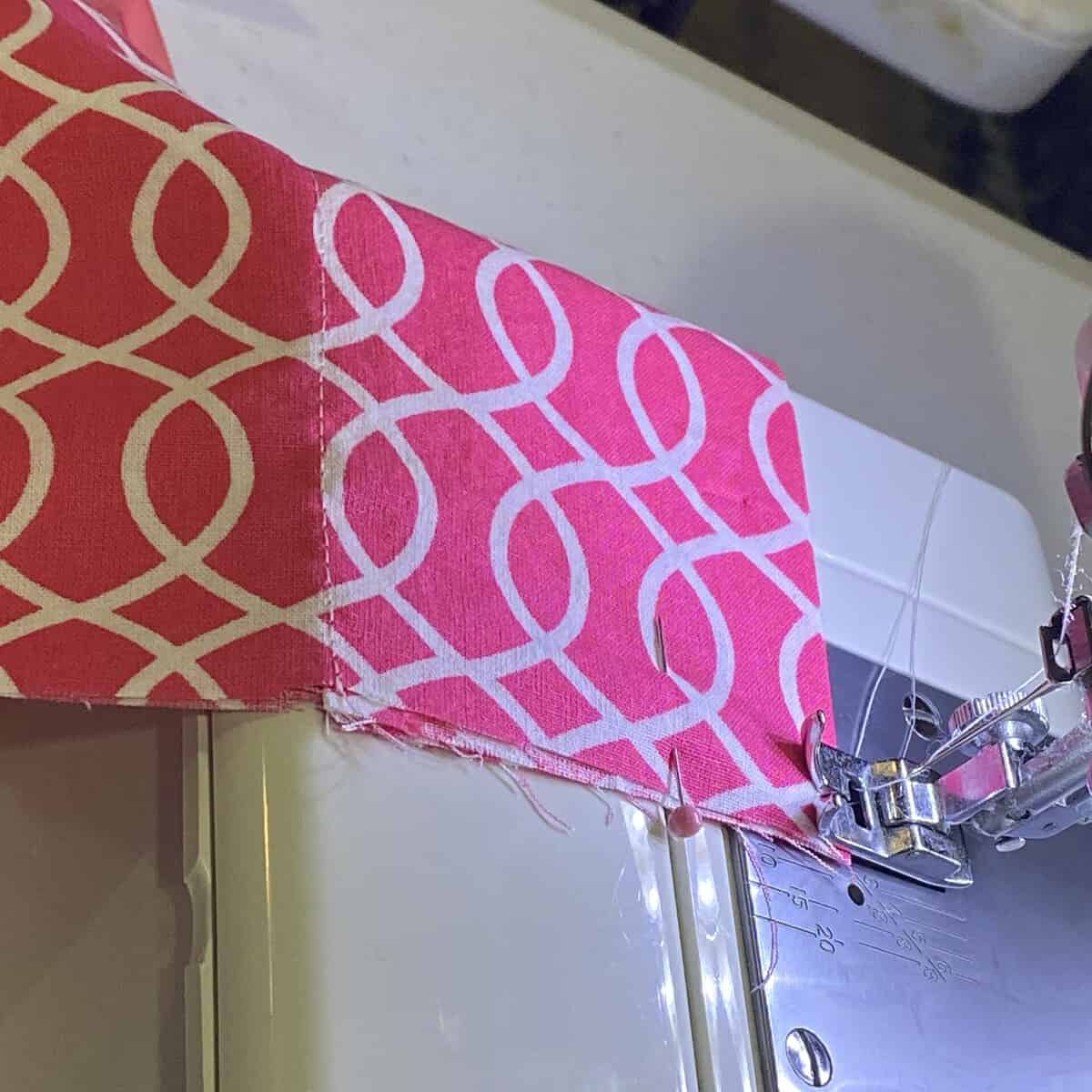


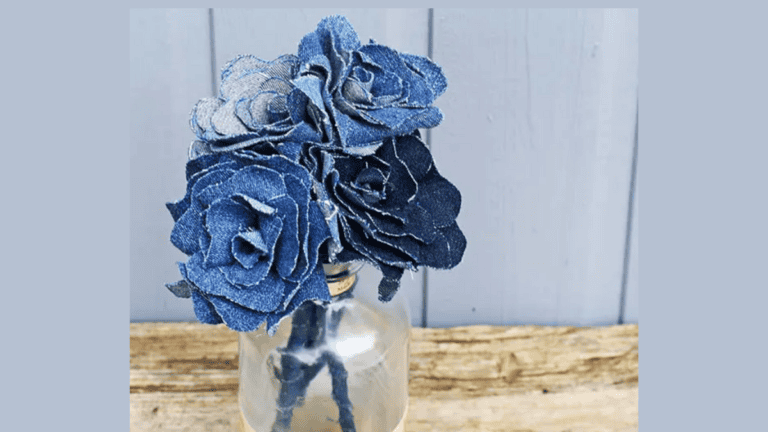
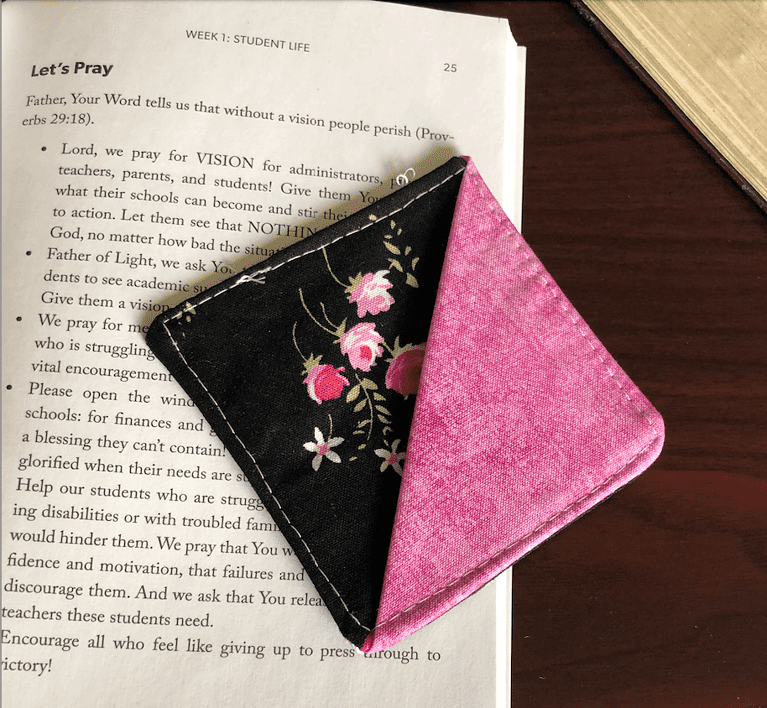

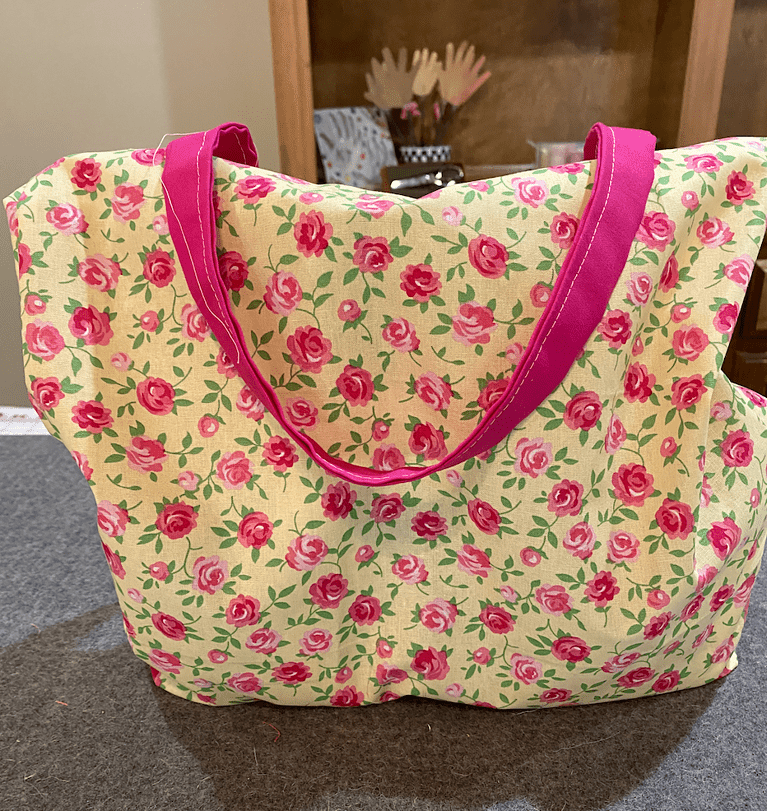
One Comment